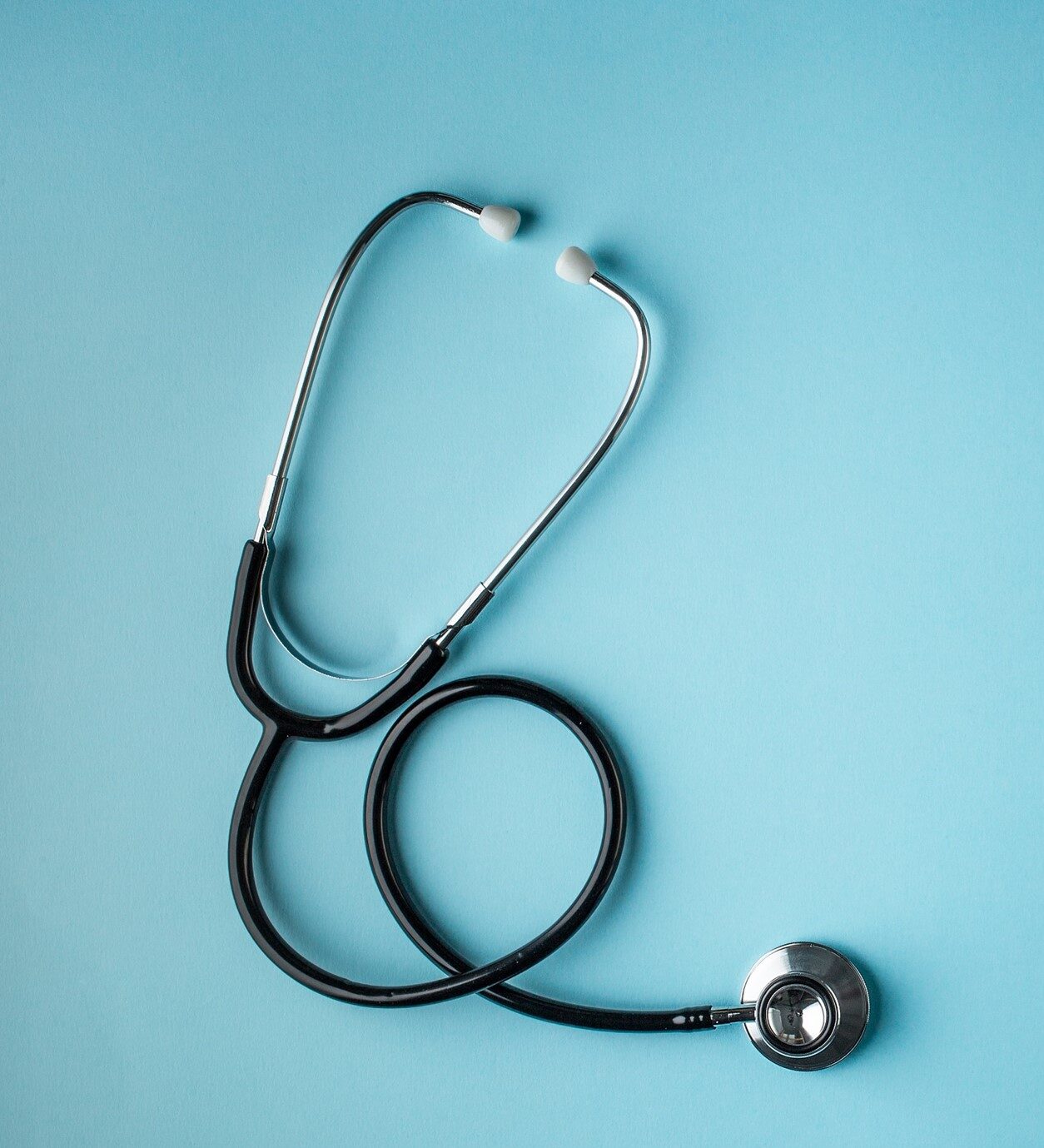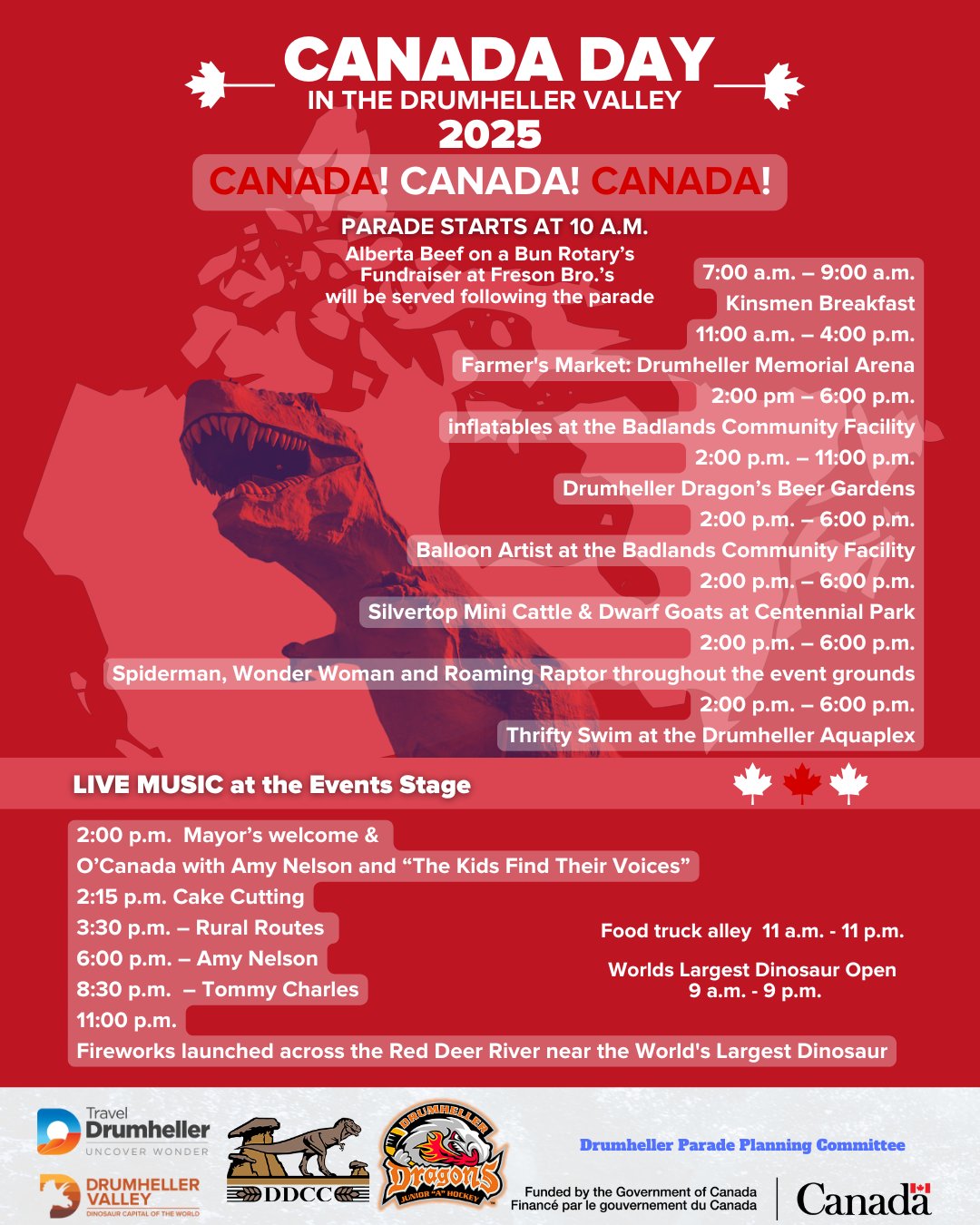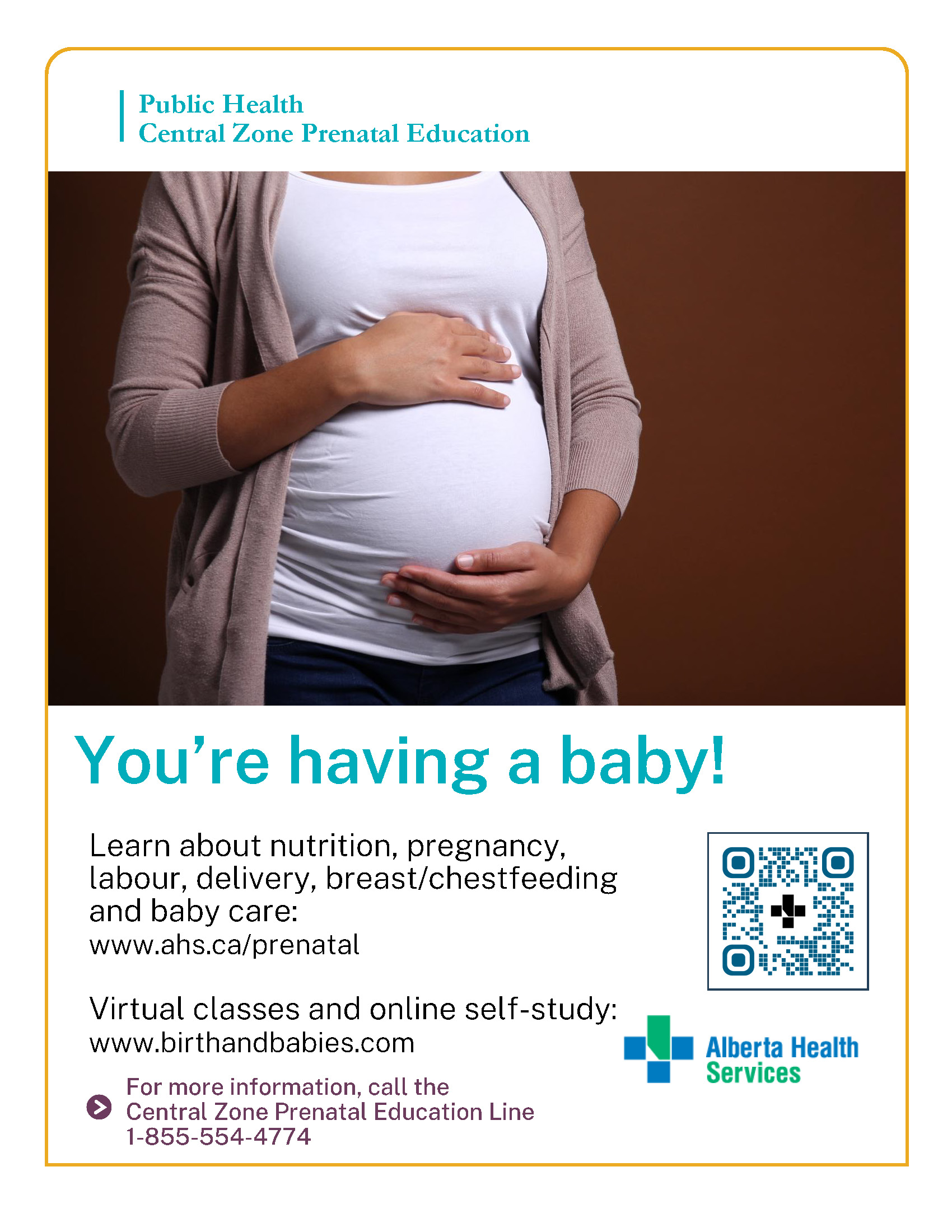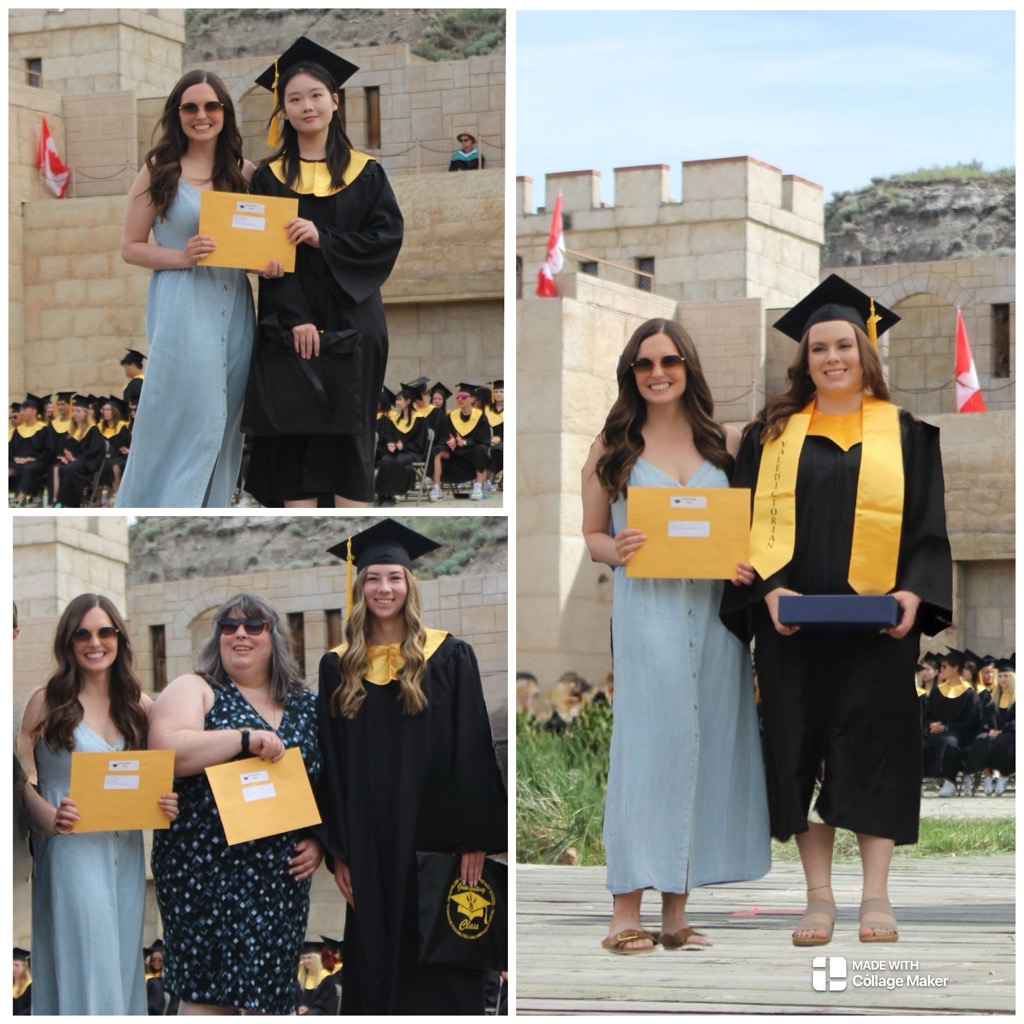How to Set a Wellness Goal
Setting goals can help you make positive changes to your wellness. By being specific about how you are going to reach your goals, you are more likely to get there. Specific goals are often called “SMART” goals.
What is a “SMART” goal?
Specific – Clearly state what you are going to do. Your goal should answer the questions how, what, when and where. Aim for actions (e.g. eat fruit at lunch each day) rather than outcomes (e.g. lose 10lbs).
Measurable – Your goal should answer questions like how much and how many. This will help you measure your progress toward your goal.
Attainable – Choose a goal you can achieve. Start with small changes. You can always change your goal later to make it harder.
Rewarding – The goal should make you feel good when you achieve it. If you think your goal is worthwhile then you will be more likely to succeed. Your goals should be set by you and not by someone else.
Timely – Give yourself a time frame to reach your goals. You could set short-term goals, for ex. one week, or you could also set long-term goals to work towards over a course of a month or a year.
Examples
1. “I will eat one piece of fruit at lunch every day for at least one month” as opposed to ‘eat healthier.’
2. “I will turn off the television one hour before bed each day this week” as opposed to ‘get more sleep.’
3. “I will turn off my cell phone during evening meals” as opposed to ‘be more balanced.’
Tips for setting goals
Balance takes practice! Often, life” can get in the way. Start with one or two goals to increase your chances of success. Choose things that are important to you right now.
Make a plan on how to reach your goals and track your progress.
• If you are thinking about making a change, but are not quite ready, try taking a small step in the direction of your goal.
• Support is important. Try checking in with family members or a friend on your progress. This may help you become more accountable, and motivated.
• Celebrate your success! It can be as simple as taking a moment to reflect on how far you have come.










